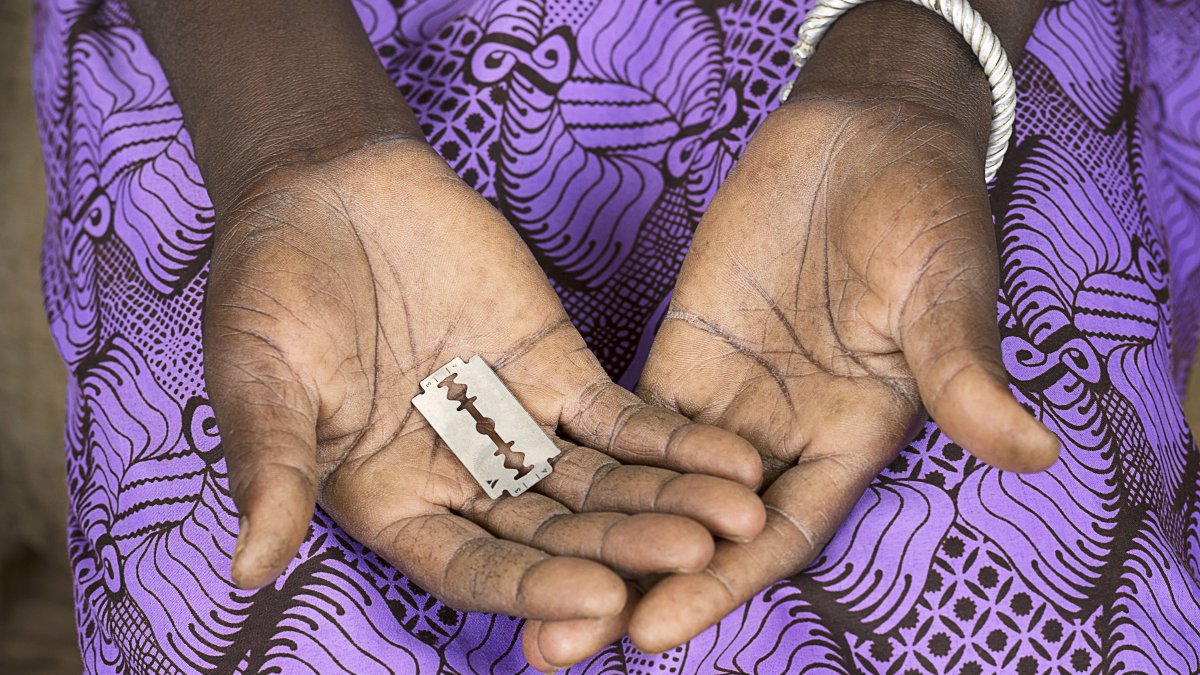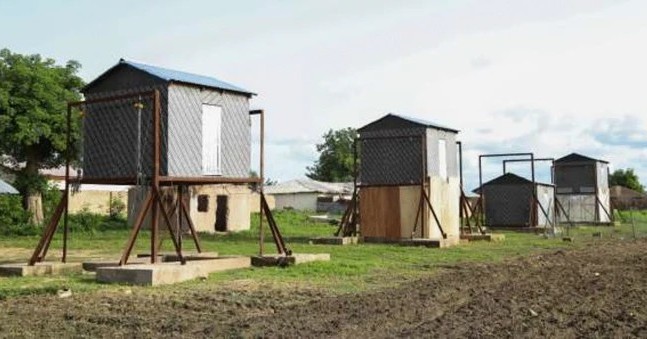A recent study conducted in rural Gambia has shed light on how raising houses off the ground can significantly reduce the entry of malaria-carrying mosquitoes. The study, focusing on the behavior of Anopheles gambiae, the primary malaria mosquito in sub-Saharan Africa, found that elevating a house by 2 meters and leaving the space underneath open can lead to a 53% reduction in mosquito entry.
The experiment, which utilized four inhabited experimental huts, each movable up and down, was conducted over 32 nights. Nightly collections of mosquitoes were made using light traps, while temperature and carbon dioxide levels were monitored indoors and outdoors. The huts were rotated between being at ground level, raised with open space underneath, raised with air-permeable walls, and raised with solid walls, to test the effect on mosquito entry.
Results showed that the hut with an open ground floor had 53% fewer An. gambiae mosquitoes compared to the hut at ground level. Additionally, huts with air-permeable walls underneath had 24% fewer mosquitoes, while those with solid walls underneath had 31% fewer. Similar reductions were observed for Mansonia spp., but not for Culex mosquitoes, where hut entry was unaffected by height or barriers.
The study highlights the potential of simple housing modifications to reduce the risk of malaria transmission. By raising houses and leaving the space underneath open, communities in malaria-endemic regions could significantly reduce their exposure to malaria-carrying mosquitoes.










